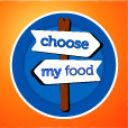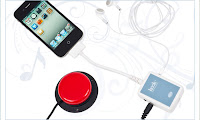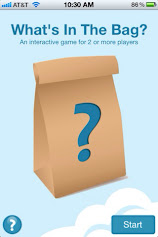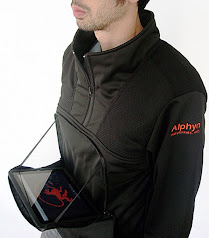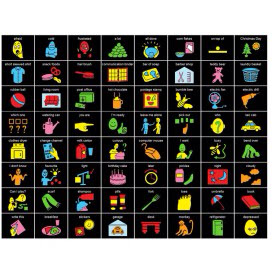The awesome developers of Kids Food Adventure, an App to help kids explore new foods, recently reached out to SNEAK on the SNEAK Freestyle Forum about a new App in development that promises to be even more tailored to the needs of kids with sensory feeding aversions.
Daniela from Haymachine Entertainment shared the following about this new App in the making:
A thank you to SNEAK outside the box and many parents of children with food sensitivity issues for commenting on Kids Food Adventure and giving it a try!
Kids Food Adventure was designed to challenge a child's taste buds and to make learning about new, healthy foods fun. The app offers choices and gives kids an opportunity to earn virtual stickers, stars and to rate food, among other features. We learned that providing choices resonated with parents of children with autism and food sensitivity issues. The app fell short in that is lacked customization. Parents also expressed a need for less adventurous foods and more of an exploration of every day and very basic foods that could be within or outside a child's comfort zone.
The response for the need of an app that would help ease the anxiety and stress related to trying new foods inspired us to develop a concept for Choose My Food.
We are seeking funding to develop Choose My Food through Appbckr.http://bit.ly/xvpN5E
We've also started a forum where parents can vote on app features and/or offer suggestions. http://bit.ly/xagb1S
We'd love to hear from you. Please share this with anyone that you think would like to back this app or provide feedback for development.
Vote on the App features you want to see on Choose My Food by visiting the Choose My Food Forum.
Choose My Food is not yet available for sale in the App Store. :( BUT, you can help make that happen by backing this great new App on Appbckr. You can also get more info on this new App, including screen shots of the prototype, by visiting the Choose My Food Appbcker project site. I will keep you all posted of the progress of this App and will share a review as soon as I get my hands on the first release :)
Start your own discussion, ask a question, or share an idea on SNEAK Freestyle :)
What technology do you use to help kids with sensory feeding difficulties?

